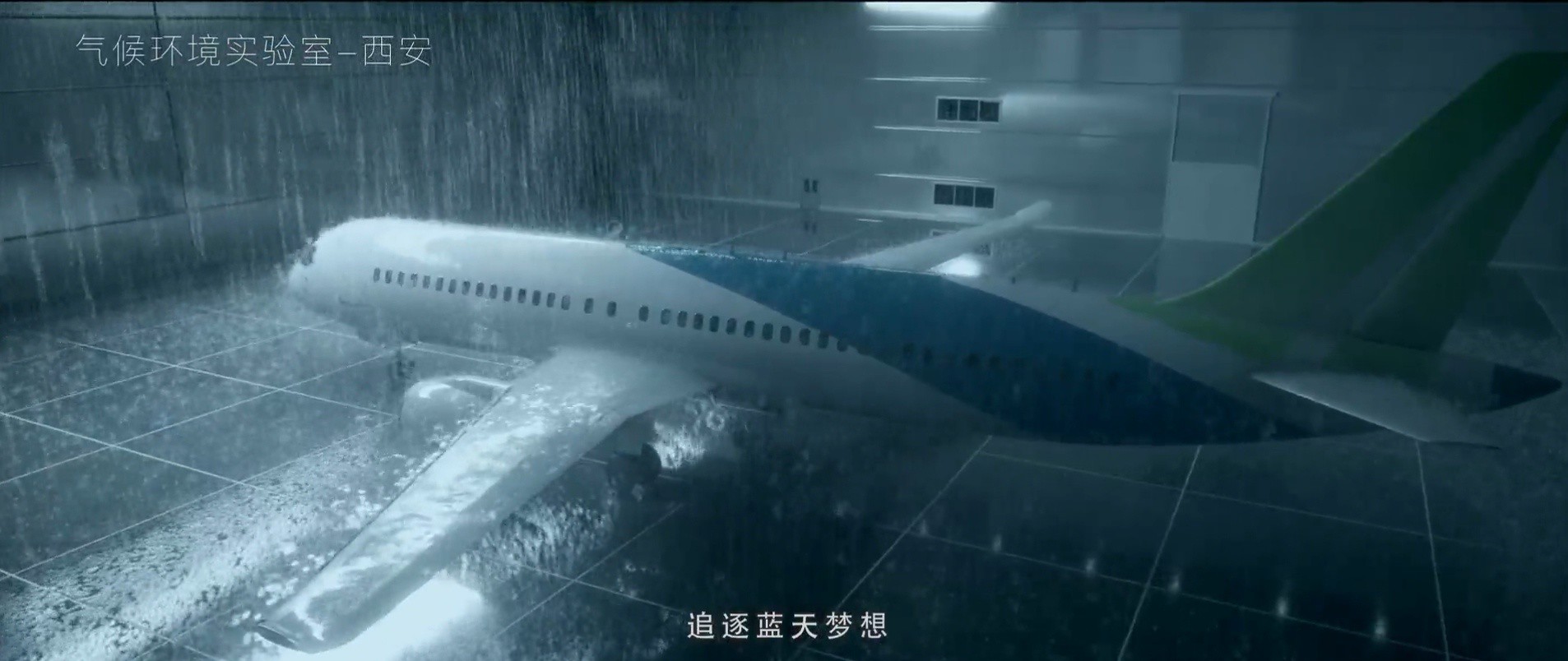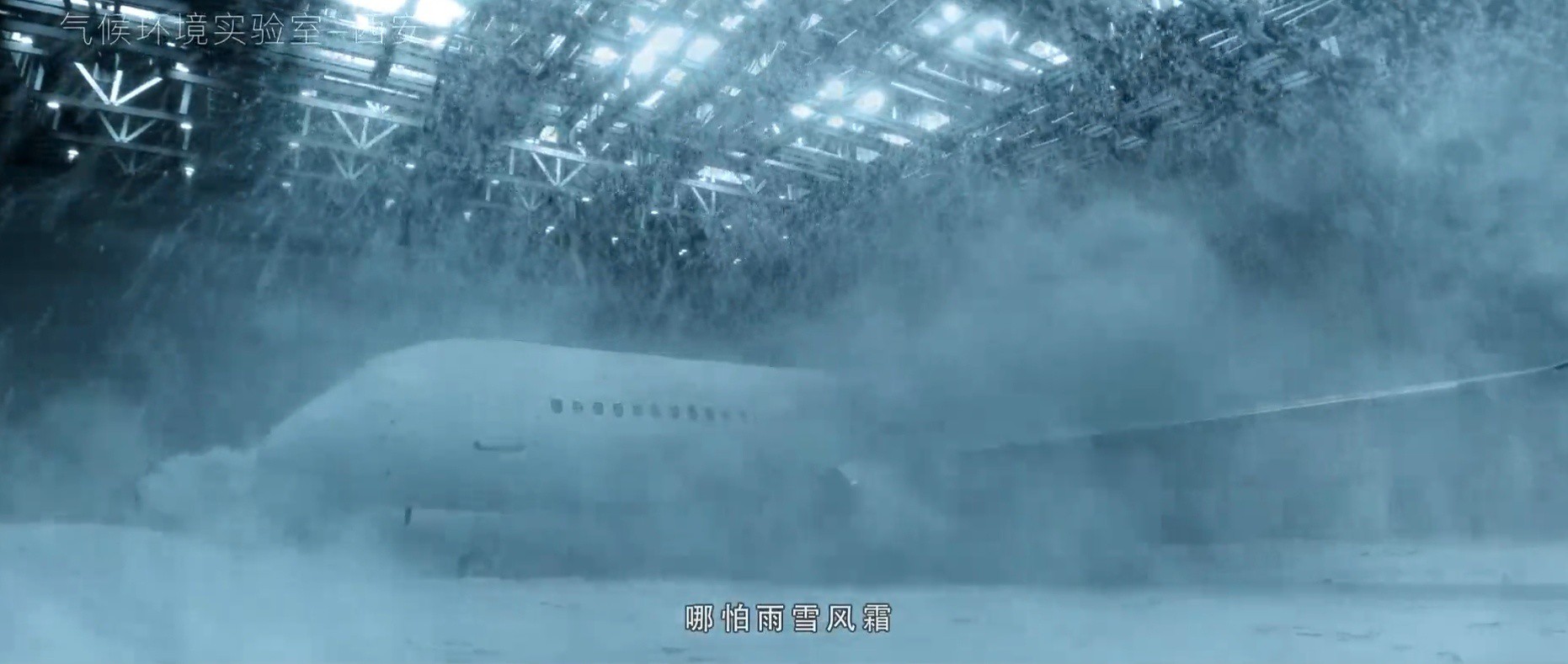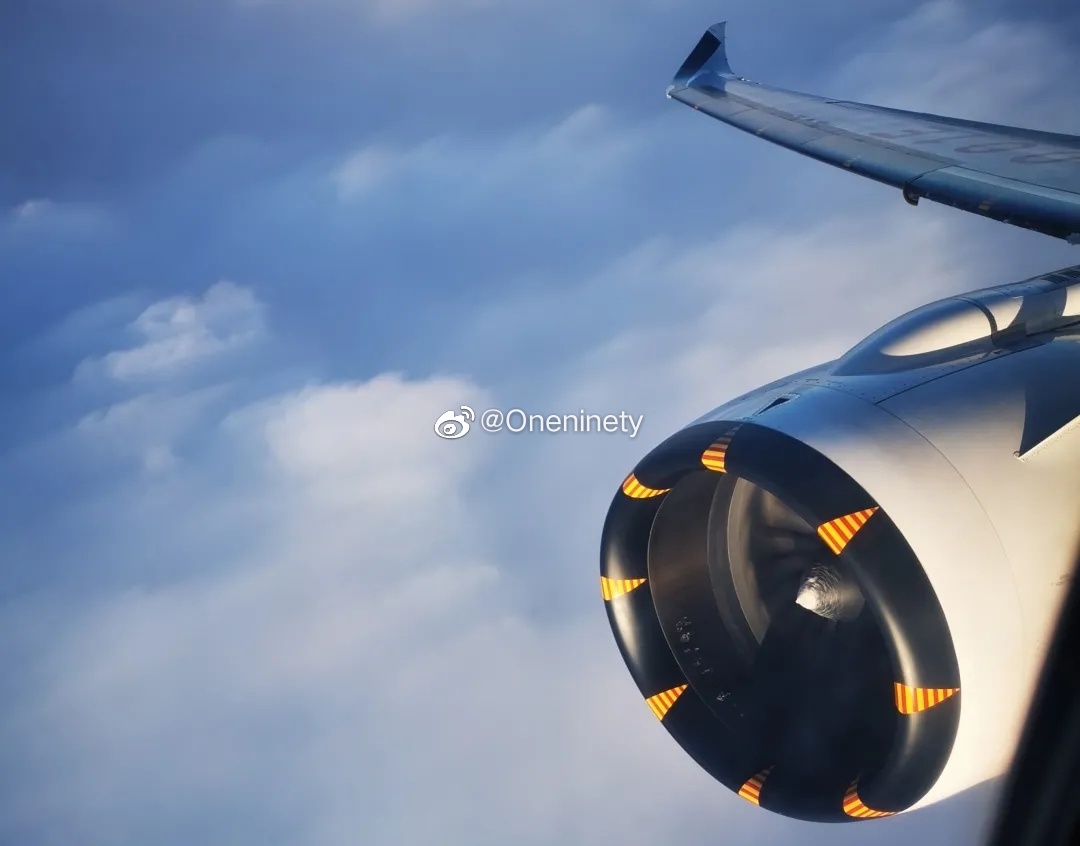Quickie
Colonel
A technical analysis requested by a client and a write-up intended for publication in news media can be very different in the way the type of information is used and interpreted.
In the case of the latter, the discrepancy in the technical accuracy can easily be explained away with "unconfirmed information" in the early days, and really who is going to remember what was written one year down the road anyway?
In the case of the latter, the discrepancy in the technical accuracy can easily be explained away with "unconfirmed information" in the early days, and really who is going to remember what was written one year down the road anyway?





